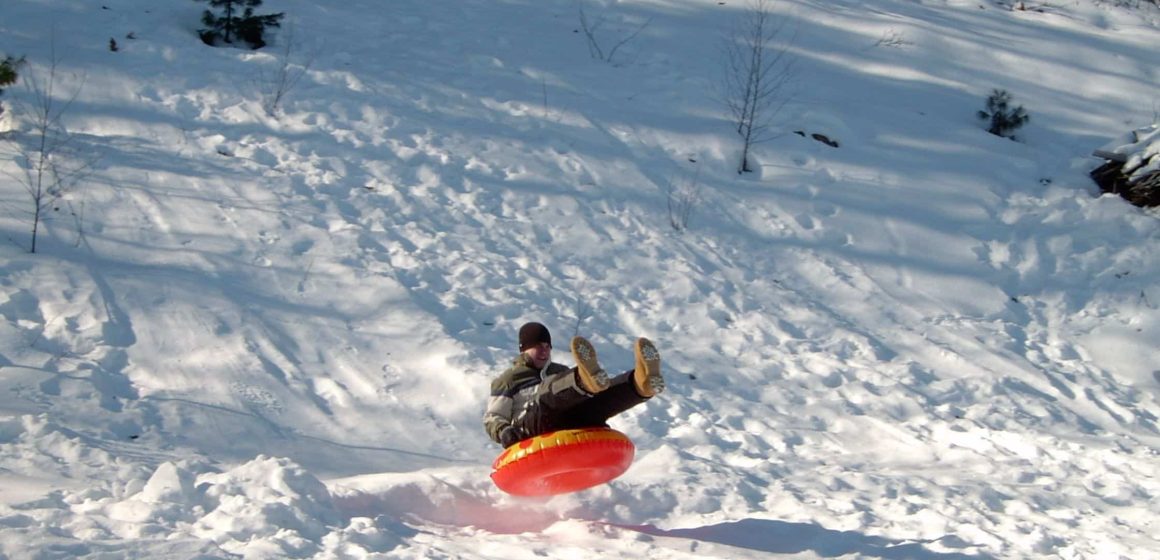Winter in Western New York offers a fantastic array of outdoor activities for children, from skiing and snowboarding to ice skating and sledding. While these sports are great for physical activity and fun, they also come with risks. Ensuring your child’s safety during winter sports is crucial to prevent injuries and allow them to enjoy the season to the fullest. Here are some essential safety tips for keeping your child safe during winter sports.
General Safety Tips for All Winter Sports
Proper Gear and Clothing
- Wear Appropriate Clothing: Dress your child in layers to keep them warm and dry. Use moisture-wicking fabrics for inner layers and waterproof materials for outer layers. Don’t forget hats, gloves, and insulated boots.
- Use Protective Gear: Ensure your child wears appropriate protective gear for the sport, such as helmets for skiing, snowboarding, and ice skating. Goggles, wrist guards, and knee pads are also important for added protection.
Stay Hydrated and Nourished
- Hydration: Even in cold weather, staying hydrated is essential. Encourage your child to drink water before, during, and after activities.
- Healthy Snacks: Pack nutritious snacks to keep your child’s energy levels up. Fruits, nuts, and whole-grain snacks are good options.
Know the Weather Conditions
- Check Weather Reports: Before heading out, check the weather forecast. Avoid outdoor activities during extreme cold, heavy snowfall, or icy conditions.
- Be Aware of Frostbite and Hypothermia: Learn to recognize the signs of frostbite (numbness, pale or grey skin) and hypothermia (shivering, confusion, drowsiness) and take immediate action if they occur.
Safety Tips for Specific Winter Sports
Skiing and Snowboarding
- Take Lessons: Ensure your child takes lessons from a certified instructor to learn proper techniques and safety rules.
- Inspect Equipment: Regularly check that all equipment, including skis, snowboards, bindings, and boots, is in good condition and properly adjusted.
- Follow Trail Signs: Encourage your child to stay on marked trails and follow all posted signs and warnings.
- Use Helmet: Always wear a helmet designed specifically for skiing or snowboarding.
Ice Skating
- Choose Safe Locations: Skate only on designated ice rinks or areas that have been deemed safe for skating. Avoid ponds, lakes, or rivers unless they are officially approved for ice skating.
- Wear Helmets: Helmets can prevent head injuries. Ensure the helmet fits properly and is secured.
- Check Skates: Make sure the ice skates fit well and are laced up tightly to provide proper ankle support.
Sledding
- Select Safe Hills: Choose sledding hills that are free of obstacles such as trees, rocks, and fences. The hill should have a gentle slope and a long, flat area at the bottom for safe stopping.
- Use Proper Sleds: Use sturdy sleds with steering mechanisms. Avoid makeshift sleds like cardboard boxes or plastic bags.
- Supervise Children: Always supervise young children while sledding. Ensure they sit face-forward and avoid standing or lying down on the sled.
Hockey
- Wear Full Gear: Ensure your child wears full protective gear, including a helmet with a face mask, mouthguard, shoulder pads, elbow pads, gloves, shin guards, and proper skates.
- Use Safe Equipment: Regularly check hockey sticks, skates, and other gear for wear and tear.
- Follow Rules: Teach your child the rules of hockey and the importance of playing safely and respectfully.
Emergency Preparedness
- First Aid Kit: Always have a first aid kit on hand for minor injuries. Include items like bandages, antiseptic wipes, ice packs, and pain relievers.
- Emergency Contacts: Know the location of the nearest medical facilities and have emergency contact numbers readily available.
- Teach Safety Procedures: Ensure your child knows basic safety procedures, such as how to call for help and what to do if they or a friend are injured.
Staying Active Indoors
- Indoor Activities: On days when it’s too cold or dangerous to play outside, keep your child active with indoor activities. Consider enrolling them in indoor sports, dance classes, or family fitness games.
Conclusion
Winter sports offer excellent opportunities for fun and exercise, but safety should always be a priority. By following these tips, you can help ensure your child enjoys a safe and healthy winter season in Western New York. Proper gear, supervision, and awareness of the conditions can prevent accidents and injuries, allowing your child to make the most of their winter activities.












